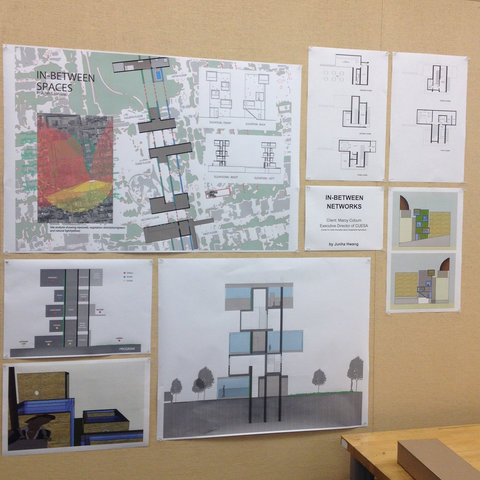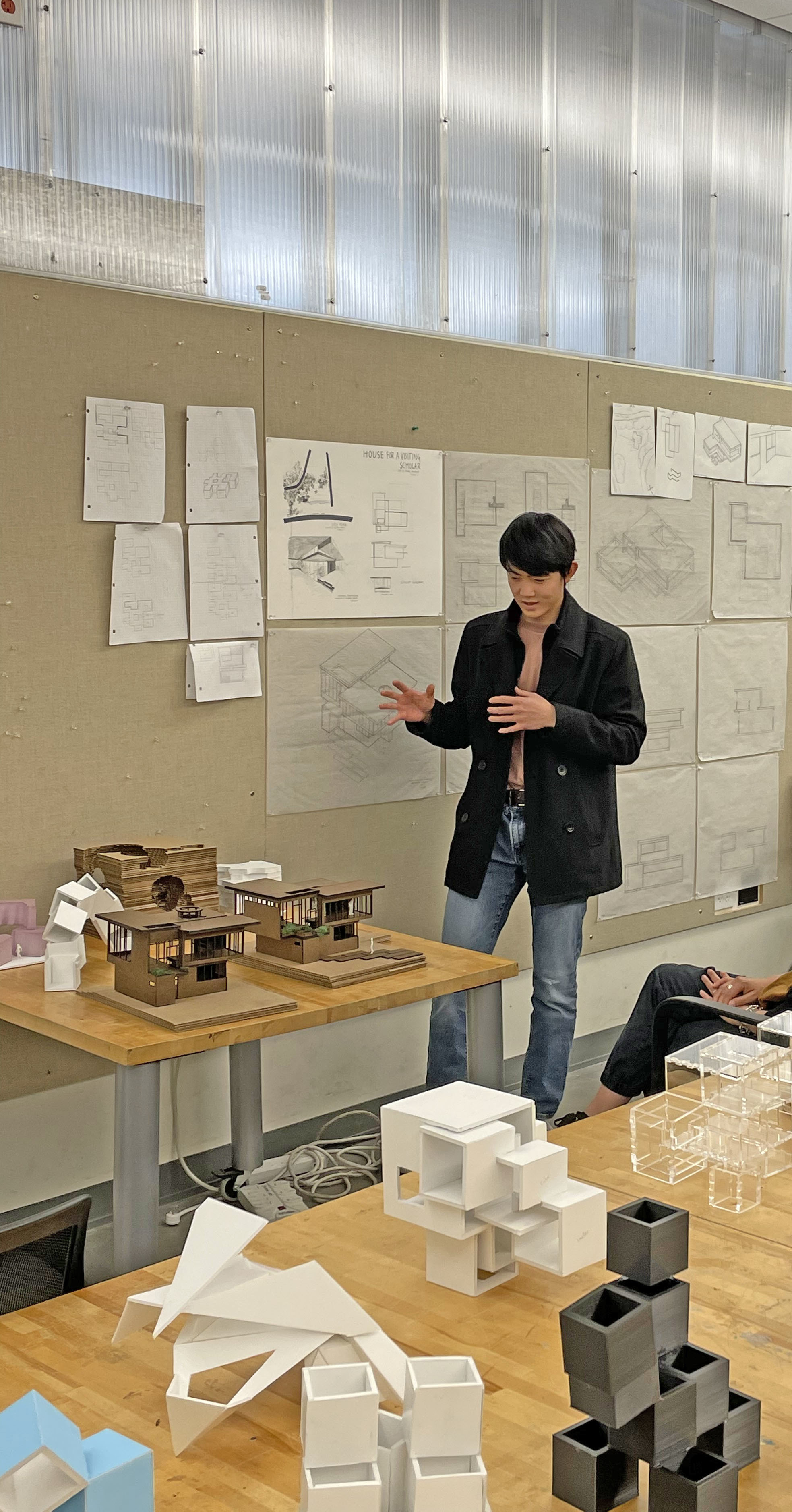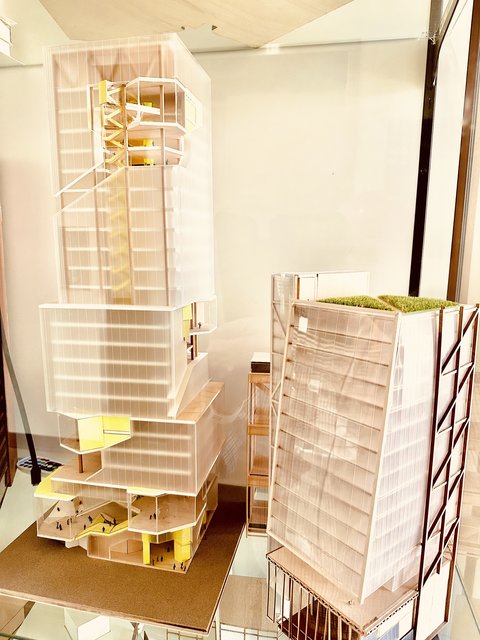BS Sustainable Architecture+Engineering
Sustainable Architecture+Engineering Major
Stanford’s Sustainable Architecture+Engineering major integrates architectural design with engineering in developing sustainable strategies for the built environment.
Through a rigorous sequence of studios, students learn design methodologies that merge spatial thinking with innovative engineering technologies. These hands-on courses teach students to speculate, investigate, measure, and solve as they confront the complex problems of an urbanizing world with finite resources.
Objectives and Outcomes
Students will learn how to think critically and innovatively through a sequence of project-based studios. To envision a more sustainable future, students will tackle problems at multiple scales, from the craft and assembly of building elements, to design in the urban realm. Students will develop the design, technical, visual communication, and digital modeling skills needed to address a range of current and future architectural and engineering problems, building upon a strong historic and theoretical foundation. Harnessing research projects in a range of laboratories, students will learn how architecture integrates structural and mechanical engineering, building performance, and material sciences in formulating sustainable solutions.
Our program embraces the joys and challenges of inquiring, testing and solving through making as we mine the potentials between architecture and engineering. Through participation in our program, students will receive strong mentorship, develop strong skill sets, and graduate with the ability to generate high-impact solutions to our planet’s pressing environmental challenges.
The Curriculum
The undergraduate Sustainable Architecture+Engineering curriculum includes core coursework to be taken by all declared majors that provides a broad introduction to the major areas of architectural and engineering design with a focus on promoting sustainability in the built environment. Through the studio sequence and elective courses, students gain a breadth of design experience while also developing depth in specific topics of interest, which range from building performance and energy, earth systems, sustainability, structures and construction, history/theory, urban studies, to fine arts. The curriculum culminates in a capstone design experience to be completed by all majors.
Careers
The Sustainable Architecture+Engineering major lays a foundation for a broad range of careers including architecture, structural engineering, construction management, environmental engineering, sustainable design, and urban planning.

Sustainable Architecture + Engineering
This undergraduate major is available for all students. It grants a degree of Bachelor of Science in Engineering with a specialization in Sustainable Architecture & Engineering.
Requirements for the Sustainable Architecture+Engineering major are provided in the Handbook for Undergraduate Engineering Programs
Contact Us

| Iro Armeni, Director Jerry Yang and Akiko Yamazaki Environment & Energy [Y2E2] Building, Room 233 Stanford, California 94305 iarmeni@stanford.edu |

| Catherine Gorlé, Director Jerry Yang and Akiko Yamazaki Environment & Energy [Y2E2] Building, Room 395 Stanford, California 94305 gorle@stanford.edu |

| Glenn Katz, Associate Director Jerry Yang and Akiko Yamazaki Environment & Energy [Y2E2] Building, Room 265 Stanford, California 94305 glkatz@stanford.edu |

| Beverly Choe, Associate Director Jerry Yang and Akiko Yamazaki Environment & Energy [Y2E2] Building, Room 265 Stanford, California 94305 beverlychoe@stanford.edu |

| Ethen Wood, Associate Director Jerry Yang and Akiko Yamazaki Environment & Energy [Y2E2] Building, Room 265 Stanford, California 94305 ejwood@stanford.edu |

| Geoffrey Tuttle, Administrative Associate Jerry Yang and Akiko Yamazaki Environment & Energy [Y2E2] Building, Room 242 Stanford, California 94305 gwtuttle@stanford.edu |
All general program inquiries can be sent to: architecture@lists.stanford.edu




